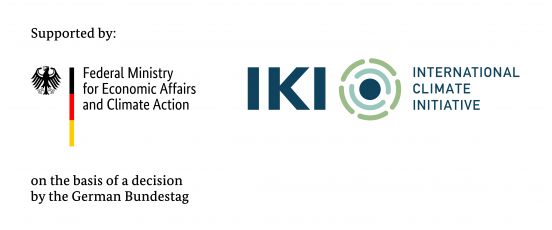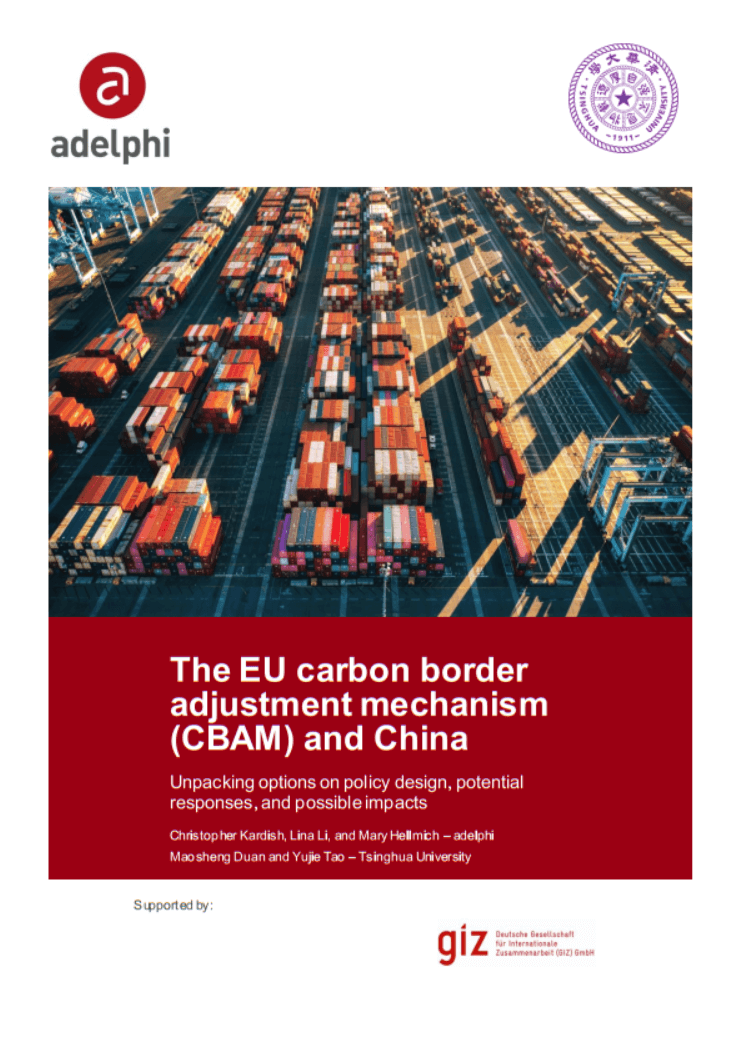MEE has built an online Helpdesk on the national ETS on the official website
In January 2023, the Ministry of Ecology and Environment (MEE) gradually began publishing Frequently Asked Questions series for the national ETS implementation on the official








